 |
| collision - see below |
Round-up of SPACE stuff!!
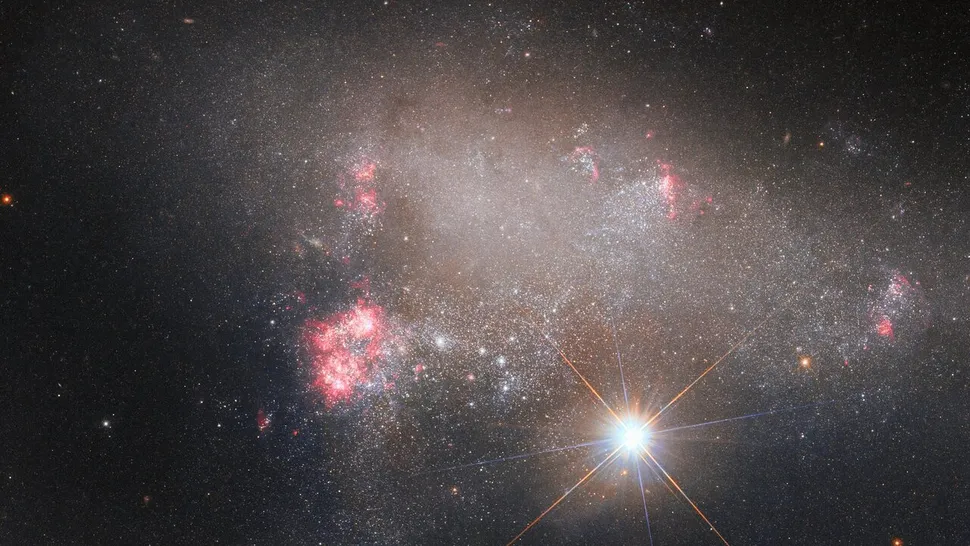
A bright star photobombed a new image of a galaxy bursting with new stars.
The Hubble Space Telescope, which is a joint mission of NASA and the European Space Agency (ESA), photographed an irregular galaxy known as Arp 263, or NGC 3239. The galaxy lies approximately 25 million light-years from Earth in the constellation Leo.
The Arp 263 galaxy appears to the left of the bright star in the new Hubble image. The bright star, called BD+17 2217, dominates the telescope's view
A dazzling new photo from the Hubble Space Telescope shows a distant galaxy that hosted a supernova explosion not long ago.
The featured galaxy, known as UGC 11860, is located roughly 184 million light-years from Earth in the constellation Pegasus. It's a spiral galaxy like our own Milky Way, exhibiting the telltale arms that curve out from its dense, bright central region.
UGC 11860 appears to float serenely in space in the new Hubble photo, which NASA shared on July 7. However, it recently hosted an almost "unimaginably energetic stellar explosion," according to a statement from the space agency.
 |
| NGC 3256-120 million light-years-Hydra-Centaurus Supercluster |
A new image from the James Webb Space Telescope (JWST) shows that when it comes to galaxies, appearances can be deceiving.
The picture shows a serene-looking orange-red galaxy, but this cosmic spiral of gas, dust, and stars hides a violent past representing the wreckage of a massive collision between two earlier galaxies that proceeded around 500 million years ago.
The galaxy in question is NGC 3256, which lies around 120 million light-years from Earth and is a member of the Hydra-Centaurus Supercluster. Hints at the chaotic past of this swirl-like galaxy are hidden within the James Webb Space Telescope image in the form of long tendrils of shining dust and stars which extend outwards from the main body of the galaxy and the brightest portions of NGC 3256.
Hungry black hole shoots out bright X-ray jet 60,000 times hotter than the sun
Astronomers stared deep into the heart of a hungry black hole, only to discover a jet of X-rays beaming out of it that is 60,000 times hotter than the surface of the sun.
In simple terms, quasars are black holes with bright, energetic jets of electromagnetic radiation beaming out of them from two sides as they feed on gases at the center of galaxies. The quasar imaged by the team in X-rays is known as SMSS J114447.77–430859.3 (J1144) and is the most luminous example of such an object seen in the last 9 billion years of cosmic history. Located at the heart of a galaxy around 9.6 billion light -years away from Earth and seen in the sky between the constellations of Centaurus and Hydra, this quasar is around 100,000 billion times brighter than the sun.
Quasars like J1144 are so bright they often outshine the combined light of every star in the galaxies that house them. They are examples of so-called active galactic nuclei (AGN) that are found only at vast distances from Earth and, thus, in the early universe. Studying the quasar could offer astronomers a detailed insight into these powerful cosmic events and the effect they have on their galactic surroundings.
Scientists theorize that the reason quasars are found in the early universe is that galaxies just a short time after the Big Bang were richer in gas and dust. This meant they possessed enough fuel to allow their central black holes to power bright emissions across almost the entire electromagnetic spectrum, including low-energy radio, infrared, visible, ultraviolet wavelengths, and high-energy X-ray wavelengths.
J1144 was initially spotted in visible light by SkyMapper Southern Survey (SMSS) in 2022. To follow up on this discovery, the team, also led by Max Planck Institute for Extraterrestrial Physics (MPE) Ph.D. candidate Zsofi Igo, combined observations from several space-based observatories. These included the Spectrum-Roentgen-Gamma (SRG) observatory's eROSITA instrument, the ESA XMM-Newton observatory, NASA's Nuclear Spectroscopic Telescope Array (NuSTAR), and NASA's Neil Gehrels Swift observatory.
This combination of data allowed the astronomers to measure the temperature of the X-rays coming from the quasars, discovering them to be around 630 million degrees Fahrenheit (350 million degrees Celsius). This is a staggering 60,000 times hotter than the temperature at the surface of the sun.
The team was also able to put a value on the mass of the black hole behind these emissions, finding it to be around 10 billion times that of the sun. Not only this, but the supermassive black hole of J1144 is feeding so quickly that it is growing at a rate of 100 suns per year. Not all the gas surrounding this black hole is being fed to it, however.
The scientists discovered that some gas is being ejected from the quasar in the form of extremely powerful winds that are injecting vast amounts of energy into its surrounding galaxy.
The team also found that J1144 has a characteristic that sets it apart from other quasars: The X-ray light it emits varies on a timescale of just a few Earth days. For a quasar with a black hole this size, the variability of its X-rays would usually be on a timescale of months or even years.
"We were very surprised that no prior X-ray observatory has ever observed this source despite its extreme power," Kammoun added. "A new monitoring campaign of this source will start in June this year, which may reveal more surprises from this unique source."
The team's research is published in the journal Monthly Notices of the Royal Astronomical Society.
Dark energy, the mysterious entity that dominates the energy of the cosmos and appears to be accelerating the expansion of the universe, presents a cosmic conundrum for scientists.
In short, cosmologists have no idea what dark energy really is. So they are concocting all sorts of possible models, and exploring the observational consequences of those models, in hopes of finding some clue as to what dark energy is and how it works.
Now, new research suggests that we may have already found evidence of an evolving, dynamic kind of dark energy, in the form of the radiation emitted when the first stars appeared in the universe.
Stephen Hawking's most famous theory about black holes has just been given a sinister update — one that proclaims that everything in the universe is doomed to evaporate.
In 1974, Hawking proposed that black holes eventually evaporate by losing what's now known as Hawking radiation — a gradual draining of energy in the form of light particles that spring up around black holes' immensely powerful gravitational fields. Now, a new update to the theory has suggested that Hawking radiation isn't just created by stealing energy from black holes, but from all objects with enough mass.
If the theory is true, it means that everything in the universe will eventually disappear, its energy slowly bled from it in the form of light.
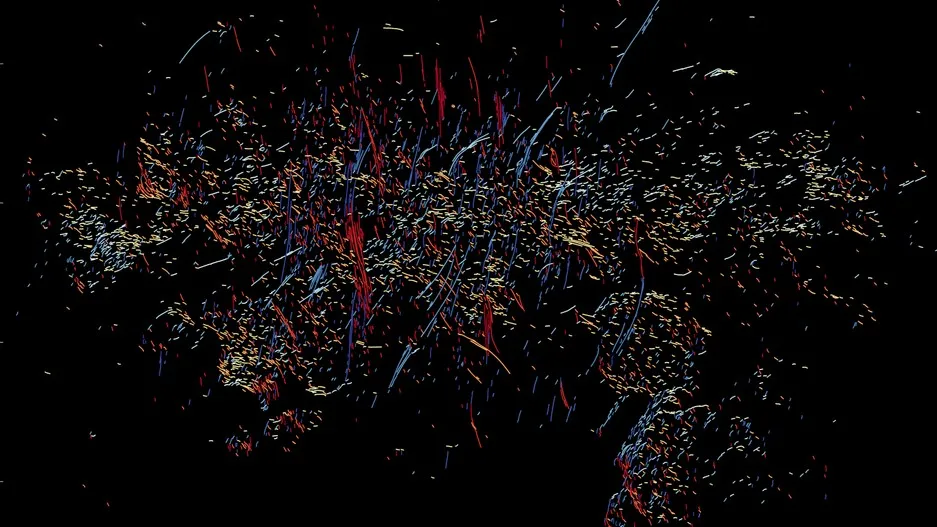 |
| Radio observations of the Milky Way's center, including hundreds of newly discovered filaments (the smaller, yellowish lines and dots). (Image credit: Farhad Yusef-Zadeh/Northwestern University) |
Astronomers have discovered hundreds of strange, stringlike structures at the center of our galaxy, possibly tracing the violent path of an ancient black hole eruption.
According to new research published June 2 in The Astrophysical Journal Letters, each of these previously unknown "filaments" measures between 5 and 10 light-years in length — thousands of times the distance between the sun and Pluto — but is visible only in radio wavelengths, meaning the structures were likely created by bursts of high-energy particles that are invisible to the naked eye.
When seen together, the hundreds of crackling filaments seem to point directly at our galaxy's central supermassive black hole, suggesting that they may be the unhealed scars of an ancient, high-energy black hole outburst that tore through the surrounding clouds of gas.
The north pole of Uranus has a stormy vortex and we've just seen it for the 1st time (photo)
Unlike Earth's cyclones, Uranus polar vortex is not formed of water vapor but of ices of methane, ammonia and hydrogen sulfide. Nor does the storm drift, instead remaining rooted to the pole. Little else is known about it at this time.
"Does the warm core we observed represent the same high-speed circulation seen by Voyager? Or are there stacked cyclones in Uranus' atmosphere?" wondered Atkins.
In the recent Planetary Science and Astrobiology Decadal Survey issued by the U.S. National Academies, Uranus was highlighted as a priority for a new space mission. To support this goal, planetary scientists are doubling their efforts to study Uranus to help inform the scientific goals of any future mission.
Observing and better understanding Uranus' polar cyclones is a key scientific aim, and Atkins and his colleagues hope to continue studying the north polar vortex for many years to come to observe if and how it might change over time. Already, there are indications that the warm core has begun to brighten as northern spring has progressed.
Scientists have blasted the brains of mice and rats with ultrasound to knock them into a hibernation-like state, and the researchers say the technique could one day be used on injured humans in critical care or on astronauts taking long-haul spaceflights.
The first-of-its-kind method — which works by firing ultrasound at a region of the brain responsible for controlling metabolism and body temperature — reduced the rodents' average body temperatures by up to 6.25 degrees Fahrenheit (3.5 degrees Celsius) while also slowing down their heart rates and reducing their oxygen consumption.
The results of the animal study could provide researchers with some clues for how hibernation-like states, or torpor, could be safely and non-invasively induced in human astronaut crews. The researchers published their findings Thursday (May 25) in the journal Nature Metabolism.
+++++++++++++++++++++++++++++++++++++++++++++++++++++++++++++++++++++++
+++++++++++++++++++++++++++++++++++++++++++++++++++++++++++++++++++++++
+++++++++++++++++++++++++++++++++++++++++++++++++++++++++++++++++++++++
- Bloggery committed by chris tower - 2308.12 - 10:10
- Days ago = 2962 days ago
- New note - On 1807.06, I ceased daily transmission of my Hey Mom feature after three years of daily conversations. I plan to continue Hey Mom posts at least twice per week but will continue to post the days since ("Days Ago") count on my blog each day. The blog entry numbering in the title has changed to reflect total Sense of Doubt posts since I began the blog on 0705.04, which include Hey Mom posts, Daily Bowie posts, and Sense of Doubt posts. Hey Mom posts will still be numbered sequentially. New Hey Mom posts will use the same format as all the other Hey Mom posts; all other posts will feature this format seen here.
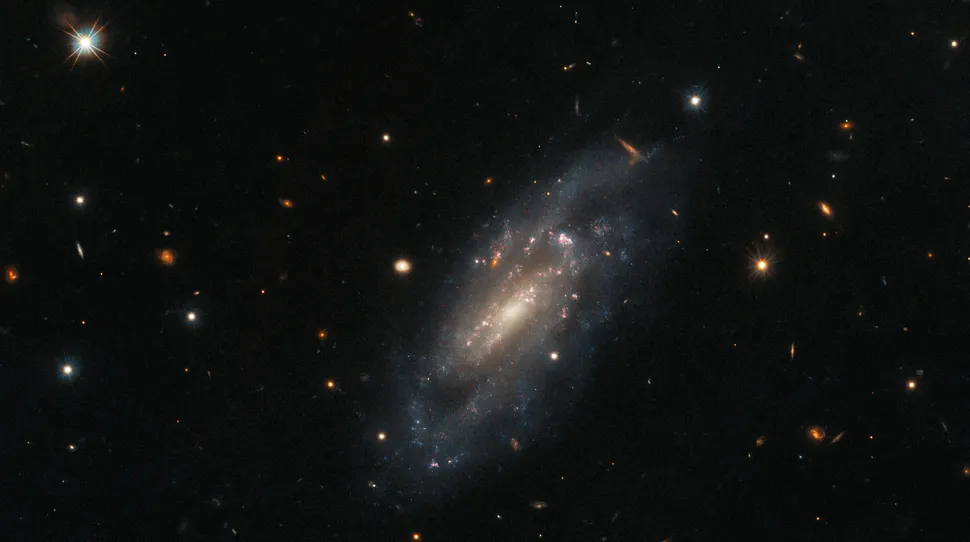
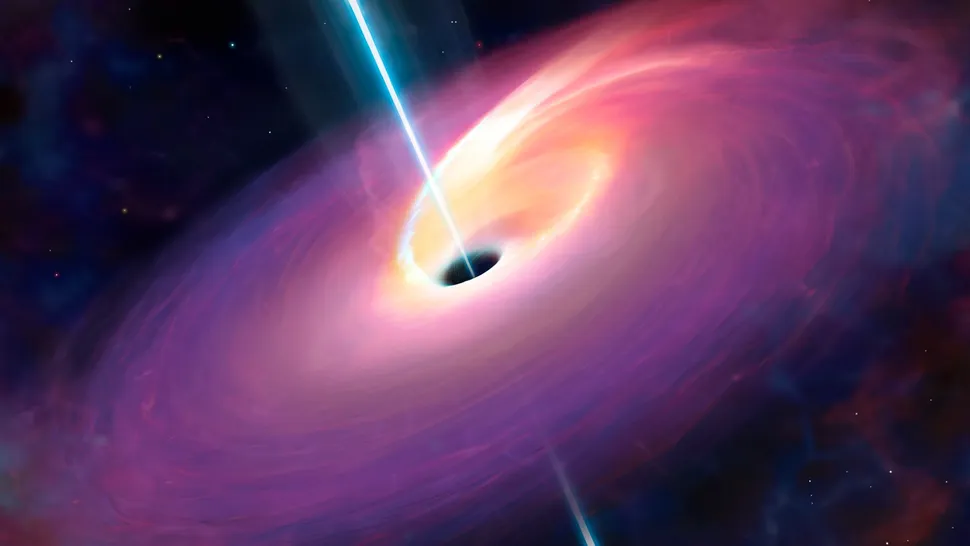
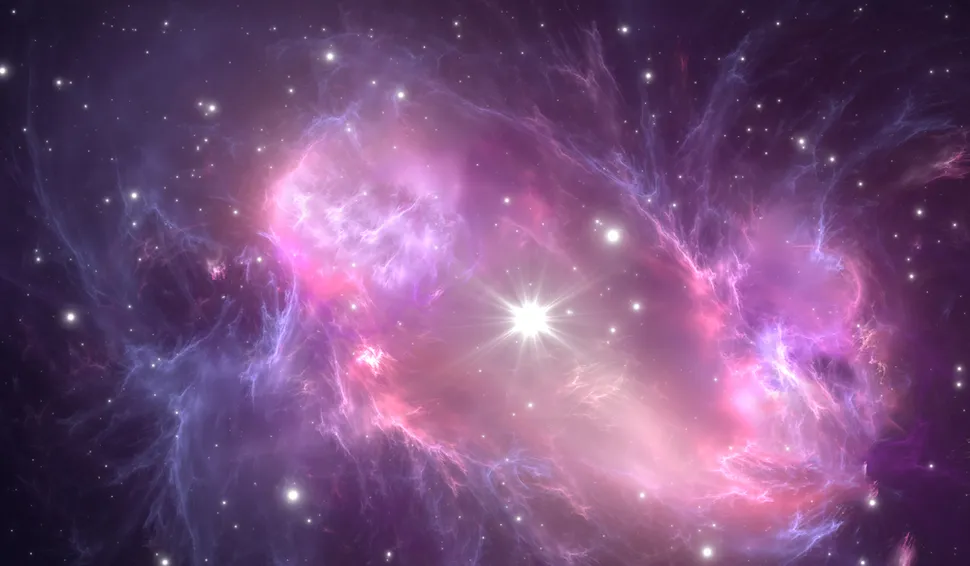
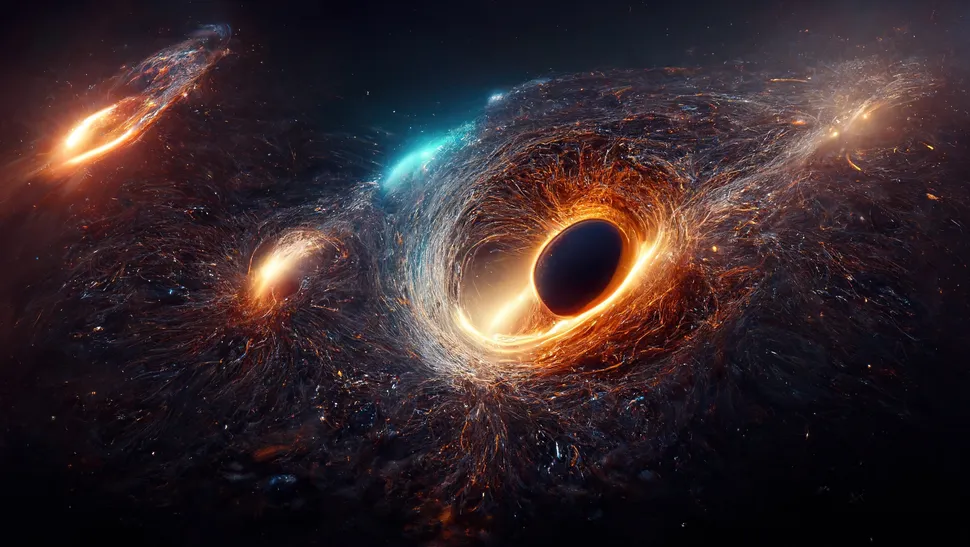
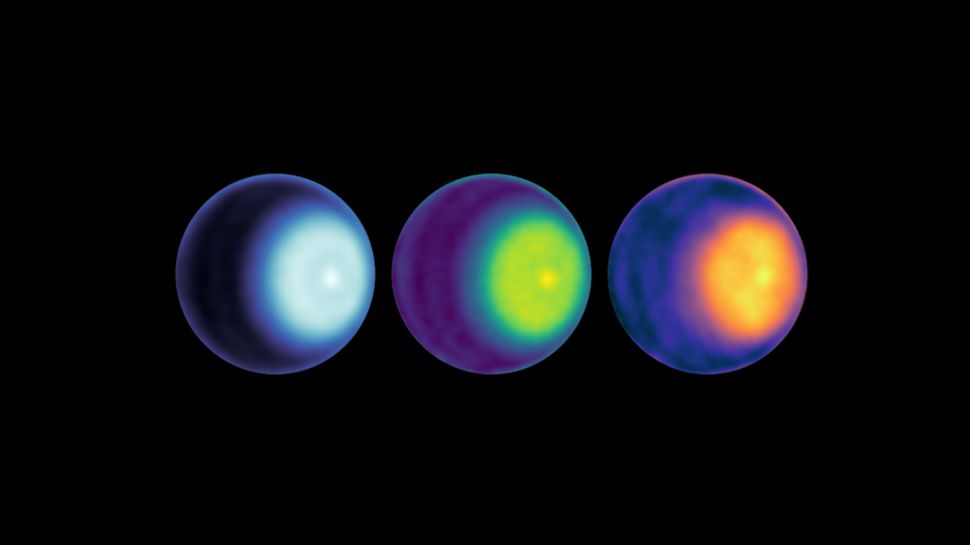

No comments:
Post a Comment